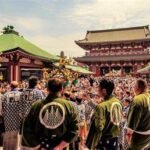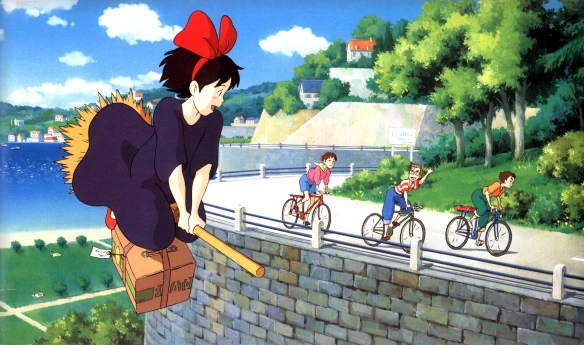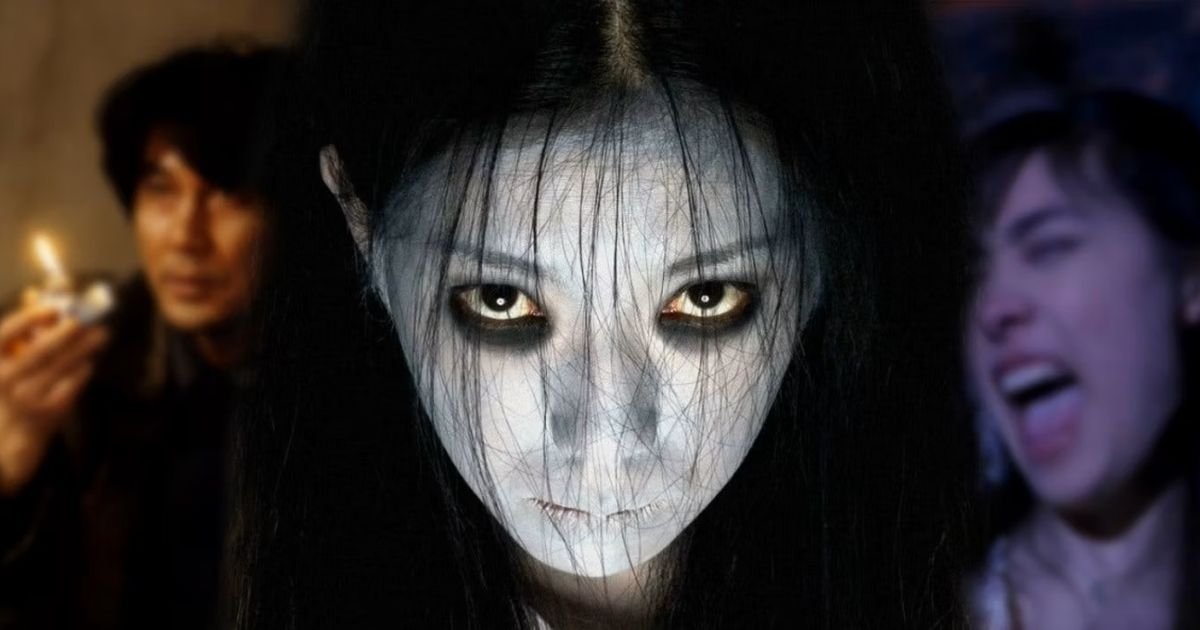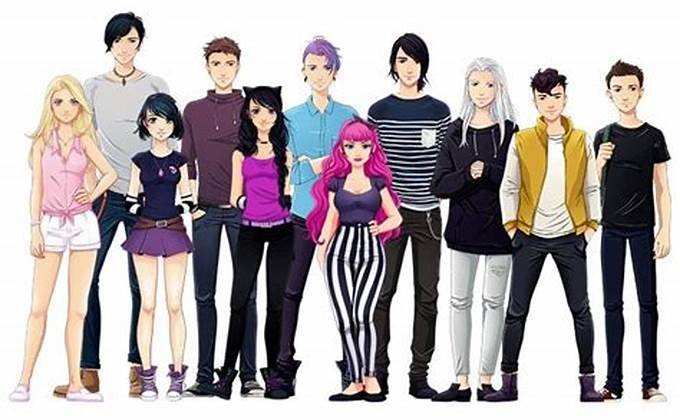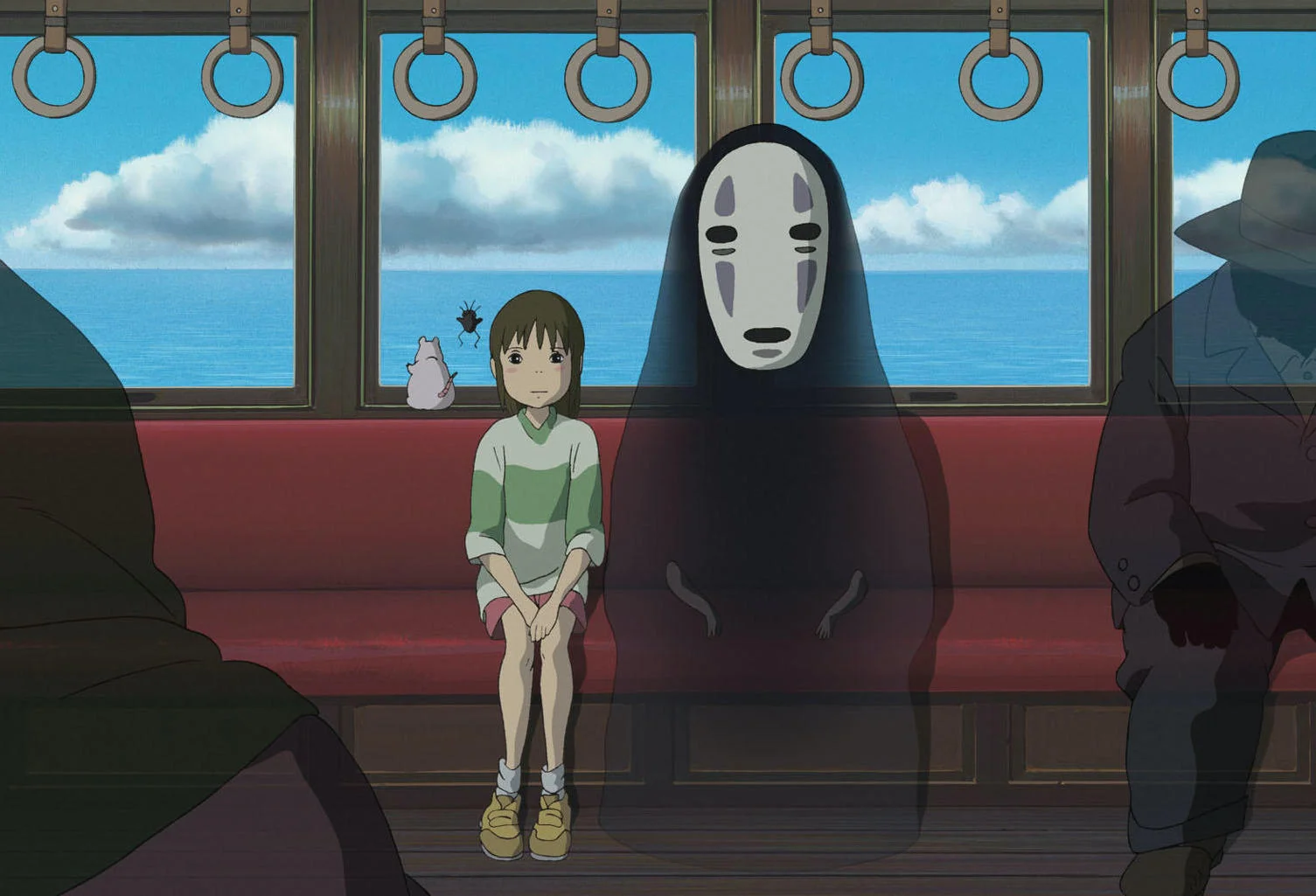Japanese cinema often delves into the interplay between themes of tradition and modernity, reflecting the country’s complex cultural landscape. This exploration of traditional values alongside contemporary issues creates a unique narrative experience. This article examines how Japanese films address these themes and the impact on both local and global audiences.
While exploring the intricate world of Japanese cinema, one might draw parallels to the exclusive settings often depicted in yakuza films. These narratives sometimes feature high-stakes environments reminiscent of a Joka VIP Room Login, where tension and drama unfold behind closed doors.
At MoosicLab, we delve into how such thematic elements contribute to the unique storytelling that makes Japanese films captivating for global audiences.
The Influence of Tradition in Japanese Cinema
Japanese films frequently highlight traditional values and cultural practices, emphasizing their significance in modern society. Directors often use historical settings and classic storytelling techniques to explore these themes. Films like The Tale of the Princess Kaguya (2013) by Studio Ghibli, draw on classic Japanese folklore and aesthetic principles. The film’s animation style and story are deeply rooted in traditional Japanese art, offering a modern audience a glimpse into historical narratives.
Similarly, Yasujiro Ozu’s Tokyo Story (1953) reflects traditional family values and societal norms. The film’s portrayal of family dynamics and generational conflict resonates with traditional Japanese themes. Ozu’s subtle storytelling and focus on domestic life provide a window into the cultural values that have shaped Japanese society.
Modernity and Its Challenges
In contrast, modern Japanese films often grapple with the challenges and changes brought by contemporary society. These films address issues such as technology, urbanization, and shifting social norms. Battle Royale (2000), directed by Kinji Fukasaku, presents a dystopian view of modern society. It explores the impact of a hyper-competitive, violent culture on youth, reflecting concerns about the erosion of traditional values in a rapidly changing world.
Similarly, Hirokazu Kore-eda’s Shoplifters (2018) addresses modern social issues through the lens of a family struggling with poverty and societal pressures. The film contrasts the idealized notion of family with the harsh realities of contemporary life, highlighting how traditional concepts of family and morality are challenged in modern Japan.
Blending Tradition and Modernity
Many Japanese films skillfully blend traditional elements with modern themes, creating a dynamic narrative that reflects Japan’s cultural evolution. Spirited Away (2001) by Hayao Miyazaki is a prime example of this fusion. The film incorporates traditional Shinto beliefs and mythology while presenting them through a contemporary, fantastical lens. This blend of old and new makes the film accessible and engaging for a global audience, while preserving its cultural roots.
Another example is Your Name (2016) by Makoto Shinkai, which combines traditional Japanese settings with modern themes of love and identity. The film’s story of two teenagers who swap bodies is set against a backdrop of rural Japan and bustling urban life. The juxtaposition of traditional and modern elements reflects the coexistence of historical and contemporary influences in Japanese society.
Cultural Reflection and Global Impact
Japanese films that explore tradition and modernity offer valuable insights into the country’s cultural and social landscape. These films often reflect broader global themes, making them relatable to international audiences. By addressing the tension between preserving cultural heritage and adapting to modern realities, Japanese cinema contributes to a global dialogue about identity and change.
The international success of films like Ringu (1998) and Spirited Away underscores the universal appeal of Japanese cinema. These films capture the essence of Japanese culture while addressing themes that resonate worldwide. The exploration of tradition and modernity in these films provides a richer understanding of Japan’s cultural narrative and its place in the global cinematic landscape.
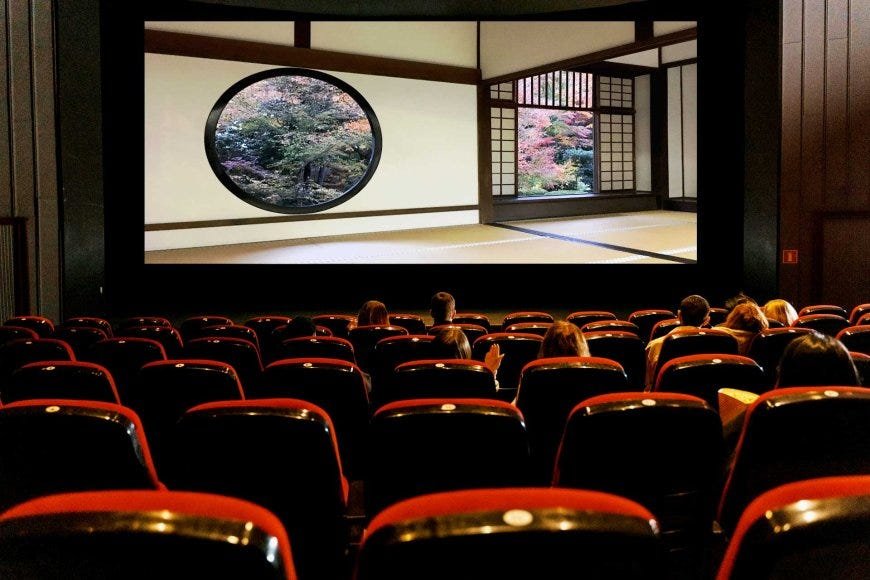
Conclusion
Japanese films offer a profound exploration of the themes of tradition and modernity. By reflecting on historical values and contemporary issues, these films provide a nuanced perspective on Japan’s cultural evolution. Through a blend of traditional and modern elements, Japanese cinema continues to captivate audiences both in Japan and around the world. This ongoing dialogue between the past and present enriches the cinematic experience and contributes to a deeper understanding of cultural identity.




